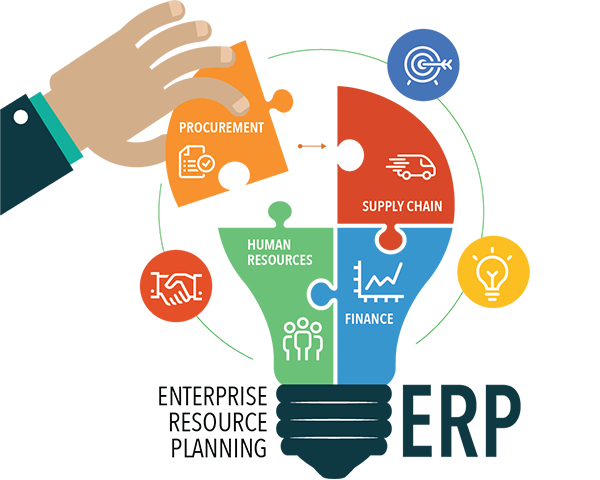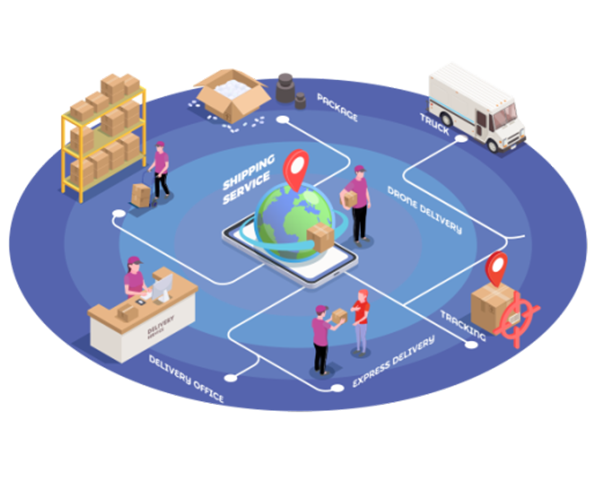
Integrate Your eCommerce Platform With Systems Like CRM, ERP, etc.
Integrating your eCommerce platform with systems like CRM, ERP, PIM, and payment systems is crucial for your eCommerce success. In order to succeed in the modern eCommerce world and offer an easy user experience, you must capture customer, product, and shipping information in real-time and relay it between systems.Tigabits eCommerce platform was built to handle the complexities of integration by automating manual processes for a more streamlined operation.





